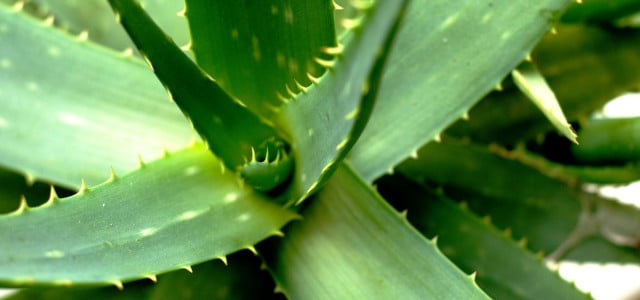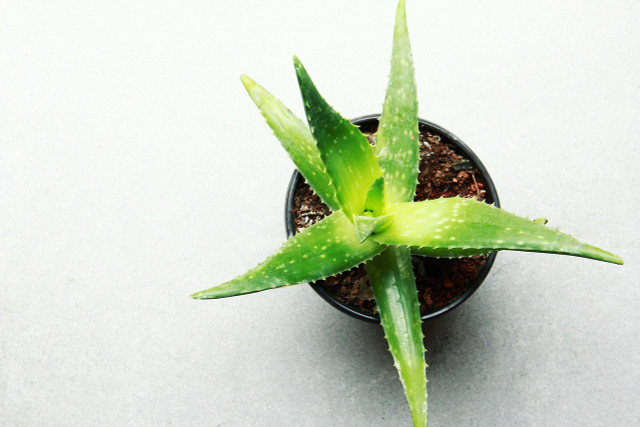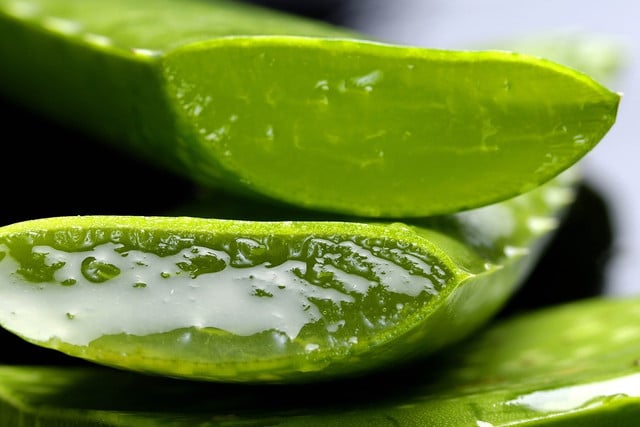
You can easily propagate your plant yourself with aloe vera offshoots. We present two methods for this and show you how to plant them.
Aloe vera is not only a beautiful decorative plant and filters pollutants from the air, but also provides a gel with its leaf juice, which you can use as a remedy for numerous ailments. Although the exotic plant originates from southern Africa, it is extremely easy to care for as a houseplant. You can also propagate it easily with homegrown aloe vera offshoots.
Aloe vera offshoots:

Aloe vera plants provide offshoots with so-called filicles. These are side shoots that have their own roots – they are the optimal offshoots.
This is how you propagate your aloe vera plant with a kindle:
- Pick a childel with at least four leaves and a minimum growth height of four centimeters.
- Separate the offshoot from the mother plant without damaging the roots. Normally you can pull it off easily, if necessary you have to cut the offspring with a sharp knife. Sterilize it beforehand with boiling water or alcohol. Allow the cut to dry for two to three days in a light, airy place. This will protect the aloe vera shoot from infection.
- Cover the bottom of a small pot with a few shards of clay or some gravel to help the water drain later.
- Fill the pot with succulent substrate, cactus soil, or a mixture of potting soil and sand in a one-to-one ratio.
- Make a small hole in the center of the pot and insert the aloe vera plant. The depth of the roots should be maintained.
- Cover the roots of the scion with soil and press them lightly.
- Place the pot in a bright, warm window spot.
- Water your scion sparingly and only when its soil feels dry. In general, there are a few things to keep in mind when watering aloe vera.
Aloe vera offshoots from leaf cuttings

As with many other plants, you can also take cuttings of aloe vera. In the case of aloe vera cuttings, you take the cutting from one of the succulent leaves. This method is especially suitable for giving new life to an old plant. However, chances are not very high that the aloe vera cutting will actually take root – so it is best to use several leaf cuttings. The best time to do this is in March.
Proceed as follows:
- Using a sterilized, sharp knife, cut off a healthy leaf from the outer edge of the aloe vera plant. Make the cut as close as possible to the main shoot.
- Let the leaf air dry in a warm place for a few days to allow a protective film to form at the cut.
- Cover the bottom of a heavy pot with gravel or shards of clay to help water drain later. Fill the pot with cactus soil or potting soil with sand in a one-to-one ratio.
- Moisten the soil well.
- Stick the leaf into the soil long side down so that about one-third of the cutting is covered.
- Place the pot in a warm, sunny location and keep the soil moist for the first four weeks. Only when the leaf has grown, allow the soil to dry before watering again.
- Water your aloe vera seedling sparingly and only when its soil feels dry.

